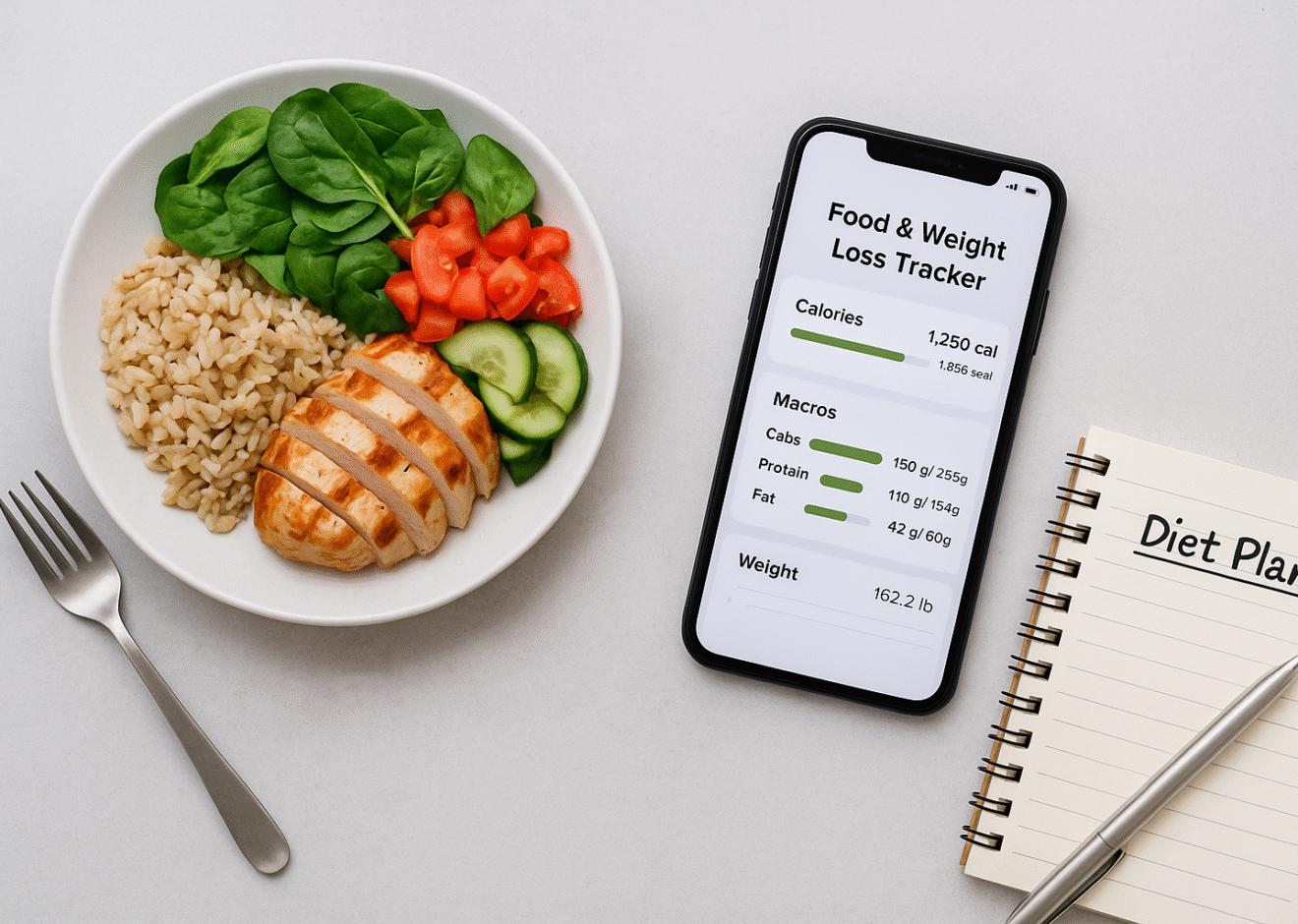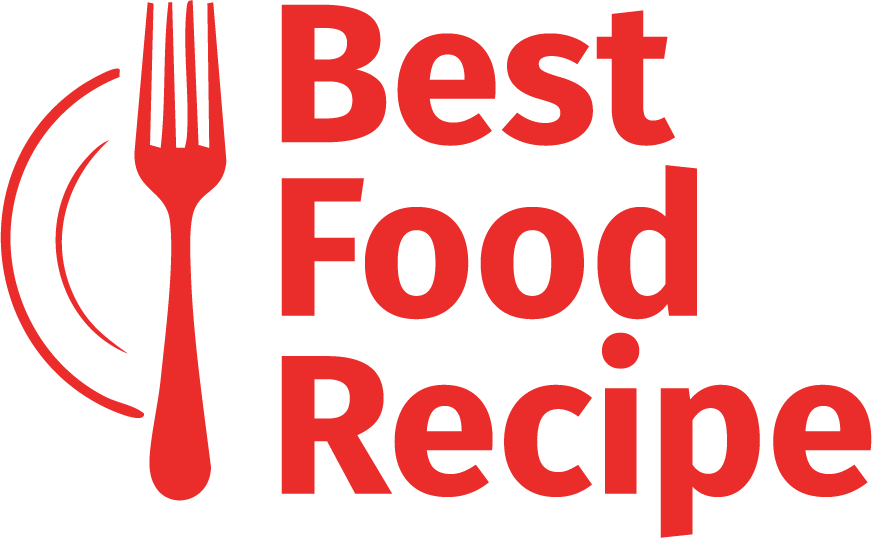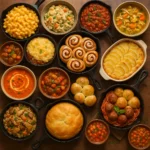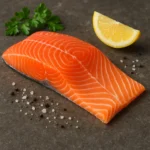
🌟 Intro: Why Tracking Is the Secret to Sustainable Weight Loss
In 2025, weight loss is no longer about starving yourself or following unrealistic fad diets. It’s about awareness, consistency, and tracking.
A food and weight loss tracker gives you more than just numbers — it gives you control. Whether you’re shedding 5 pounds or transforming your life, tracking what you eat and how your body responds is a game-changer.
This guide dives into the best ways to use food and weight tracking to meet your goals — with tips, tools, apps, and strategies that actually work.
📲 What Is a Food and Weight Loss Tracker?
A food and weight loss tracker is a tool (app, spreadsheet, or journal) that helps you log:
- 🥦 What you eat (foods, meals, snacks, and drinks)
- ⚖️ Your body weight and measurements over time
- 🔥 Your calories and macros (protein, fat, carbs)
- 💧 Hydration, workouts, sleep, and more
Tracking helps you understand patterns, identify triggers, and make data-driven changes that stick.
🛠️ Best Tools for Tracking in 2025
Here are the top tools and apps that are dominating the health scene this year:
| Tool | Features | Best For |
|---|---|---|
| MyFitnessPal | Barcode scanning, macro tracking, weight logs | Beginners & Intermediate |
| Lose It! | Custom goals, AI-powered suggestions | Calorie-focused users |
| Cronometer | Detailed micronutrient tracking | Advanced users |
| Carb Manager | Keto-friendly, net carbs focus | Low-carb/keto followers |
| Fitbit / Apple Health | Syncs food with activity & sleep | Wearable users |
| Notion/Google Sheets | Custom tracking dashboards | DIY users |
📉 How Tracking Helps You Lose Weight
1. Creates Accountability
You’re less likely to binge when you know you’ll see it logged.
2. Reveals Hidden Calories
Snacking, sauces, and drinks can add hundreds of untracked calories.
3. Shows Progress Beyond the Scale
Even when the number doesn’t budge, your macros, inches, and trends can show improvement.
4. Improves Nutritional Quality
Seeing your food on a screen helps you notice nutrient gaps and balance meals.
📋 Sample Tracking Day (Visual Example)
| Meal | Foods Logged | Calories | Notes |
|---|---|---|---|
| 🍳 Breakfast | 2 eggs, avocado, whole wheat toast | 350 | Protein-packed |
| 🥗 Lunch | Grilled chicken salad with vinaigrette | 420 | Added extra greens |
| ☕ Snack | Greek yogurt & almonds | 200 | Low sugar |
| 🍝 Dinner | Zucchini noodles with turkey meatballs | 480 | Low carb swap |
| 💧 Water | 8 glasses | – | Met hydration goal |
| ⚖️ Weight | 162.3 lbs | – | Down 1.2 lbs this week |
💡 Tips for Effective Tracking
✅ Log your meals right after eating
✅ Don’t forget liquids (juices, creamers, alcohol)
✅ Use a food scale for accuracy
✅ Be honest – tracking is for your benefit
✅ Adjust based on results, not emotions
🧠 Motivation Hack: Pair Food Tracking with Journaling
Alongside your food log, jot down:
- 🧠 How you felt before and after meals
- 🌡️ Energy levels throughout the day
- 😌 Emotions tied to eating (boredom, stress, joy)
This creates mindful eating patterns, not just calorie counting.
🧮 What Should You Track?
| Tracker Type | Why It Matters |
|---|---|
| Calories | Create a calorie deficit to lose weight |
| Protein | Preserves muscle during weight loss |
| Water Intake | Boosts metabolism and reduces cravings |
| Sleep | Poor sleep = more cravings |
| Steps/Activity | Movement burns calories and boosts mood |
| Weight Trends | Weekly averages give a clearer picture |
❓ FAQ
Q: Should I track every single thing I eat?
A: In the beginning, yes. Later, you can focus on key meals or high-calorie items.
Q: Isn’t it obsessive to track everything?
A: Not if it’s done with a positive mindset. It’s about awareness, not guilt.
Q: What if I mess up for a day or two?
A: Just keep going. Progress is built on consistency, not perfection.
🔚 Final Thoughts: Your Weight Loss Is in Your Hands
A food and weight loss tracker isn’t just another app — it’s your personal blueprint for change. You learn your habits. You see your wins. You stay on track.
No more guessing. No more fad diets.
👉 Just data, discipline, and results.











